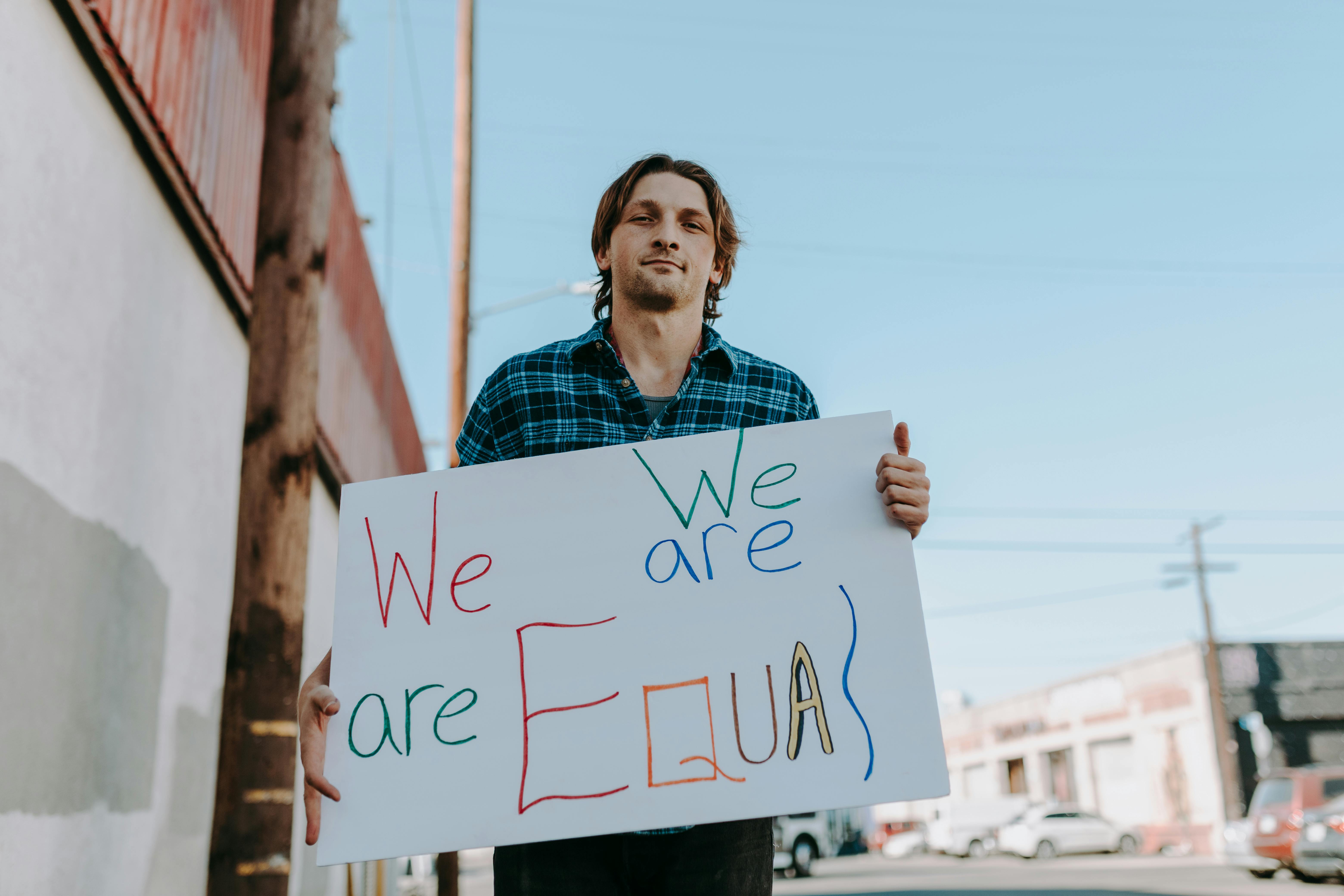
If you’ve heard ads on the radio or television about personal credit card debt rescues, they’re probably referring to debt settlement programs. Thanks to new federal laws, this option has become much less risky for consumers and small businesses seeking debt relief. Here we take a look at when a debt settlement might make financial sense, and how new laws make it a more legitimate option.
In the past, when consumers entered a debt settlement program, they were at great risk. This is because they had to pay their fees in advance with no guarantee that the debts would actually be paid off. Many times, the companies did not settle the debts and refused to refund the fees. As you can imagine, this business model led to many shady companies taking advantage of desperate consumers.
Getting scammed and paying an upfront fee to a settlement program without receiving any service is no longer possible. This is because on October 27, 2010, the Federal Trade Commission passed new laws that prohibit debt settlement companies from charging up-front fees. Now, when someone gets into one of these settlement programs, they won’t have to pay a penny until their debts are paid off to a certain percentage. Most companies are now required to eliminate at least 35% of your unsecured credit debt in order to charge a fee.
Personal credit card debt relief redemptions through a settlement process are not meant for everyone. Just because you don’t want to pay your entire balance doesn’t mean you’ll qualify for a settlement. You must be experiencing legitimate financial hardship and have at least $10k in unsecured debt to qualify.